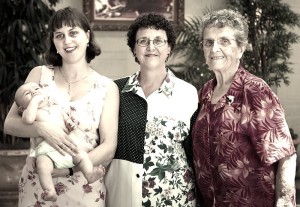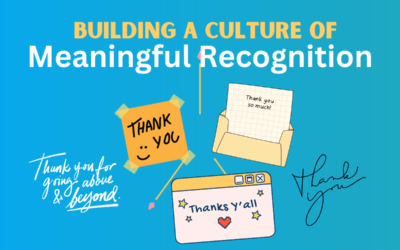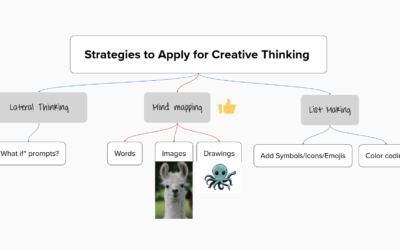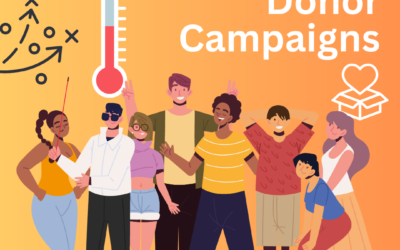 Silver bullet solutions to communications problems would be great, but they are about as common as, well, silver bullets. A natural skepticism arises whenever a link-bait headline on nonprofit communications like “8 Ways Nonprofits Can Engage Millennial Donors & Volunteers” pops up in the social feeds. (Note: Yes, this is a real headline, and no, please don’t click it. It only encourages them.)
Silver bullet solutions to communications problems would be great, but they are about as common as, well, silver bullets. A natural skepticism arises whenever a link-bait headline on nonprofit communications like “8 Ways Nonprofits Can Engage Millennial Donors & Volunteers” pops up in the social feeds. (Note: Yes, this is a real headline, and no, please don’t click it. It only encourages them.)
There is nothing wrong with reaching Millennials. Or Gen Xers. Or Boomers. Or fill-in-the-blank-demographic. What’s wrong is the idea that demographic groups are monolithic and can be harnessed with a single tactic or even eight tactics. Some Gen Xers are much more digital than some Millennials, and some Boomers and less inclined to have a “home” phone than others. A better strategy is thinking about reaching people who are interested in your charitable mission regardless of their demographic or assumptions about their habits. Some supporters will want email alerts instantly, and some will prefer a monthly update. It doesn’t matter a whit which demographic group they belong to, it matters that you respect the needs of your audiences and meet them as best you can.
The best way to reach some niche supporters may not be justified by the costs, and that is a business strategy decision for any group (for-profit or nonprofit). Are Boomers more likely to be considering estate planning? That makes intuitive sense, and if your estate planning outreach must include multipage, expensive, glossy-paper reports than perhaps you are going to do some demographic targeting to keep mailing costs down. Better still may be to actually ask people – regardless of gender or income or whatever – what they may consider hearing from you. If your nonprofit uses a bulk email service, you can create sublists for your supporters to self-select how they want to hear from you and regarding what. You can poll people using those services. You can ask, rather than assume. Let your supporters and potential supporters decide how they can best hear from you.
People using Facebook may want to use Facebook, but some people may self-select away from that tool for many good reasons and regardless of when they were born. Assuming people will use a channel because of a characteristic is defeating. Offering people many choices, based on the costs and benefits of maintaining those choices, will build a broader support base.




Steve,
Excellent article. All too often I think we are hoping to find the one-size-fits-all blanket solution by generation. Donors are people. And people are different, regardless of their demographic.
Asking, rather than assuming, is great advice.